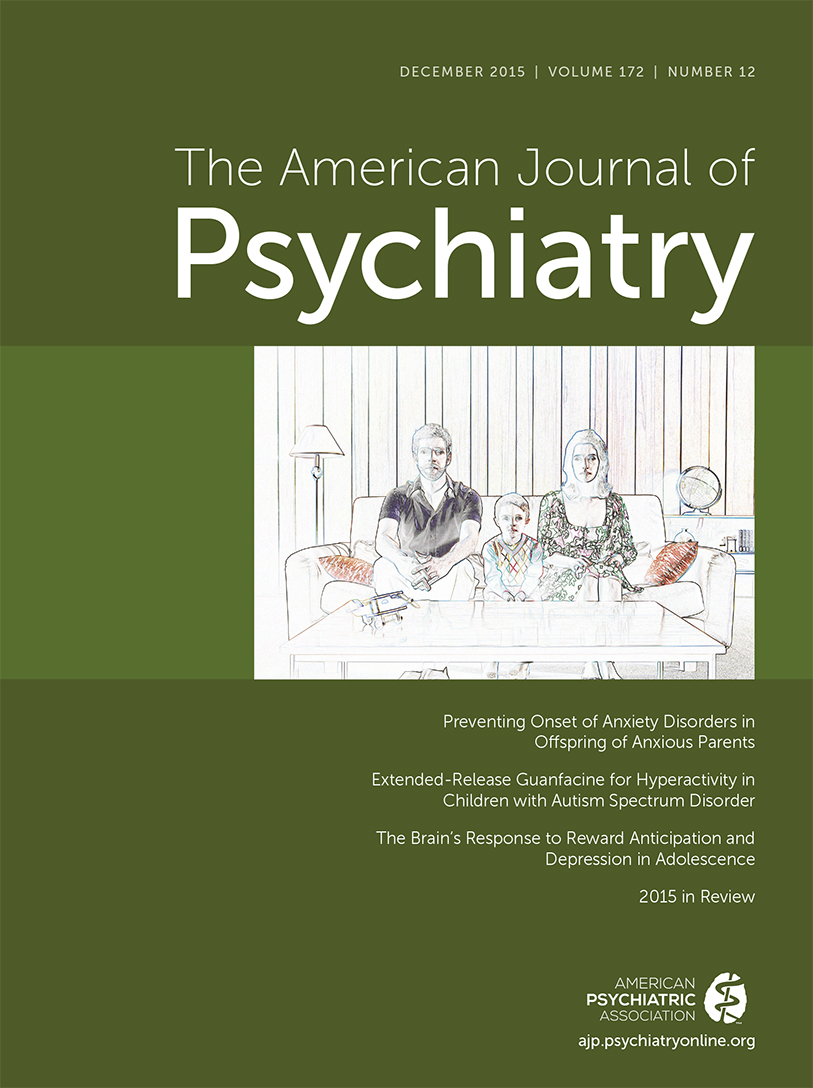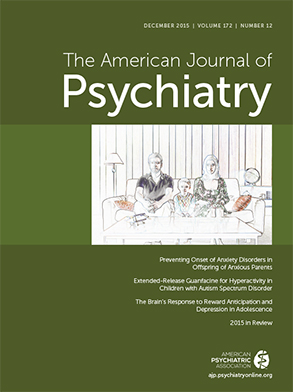Randomized, placebo-controlled clinical trials remain the gold standard for decisions about the effectiveness and safety of medications. However, while studies are being conducted on new treatments for registration of medication in adults, there continues to be few studies of existing medications for new indications or disorders in the pediatric population.
In 1997, the Food and Drug Administration (FDA) Modernization Act led to increased research on medications in children and adolescents. The Act required that new compounds with potential use in youths have studies conducted in children and adolescents, and it encouraged pediatric studies for medications already approved for use in adults if they were also used in youths. In 2002, The Best Pharmaceuticals for Children Act provided processes for studying on- and off-patent medications in youths to improve clinical trials.
The implementation of these laws has provided substantial information on the use of psychotropic medications in children and adolescents. However, currently there is very limited research being conducted on existing medications in new patient populations or treatment of symptoms within a disorder. In addition, well-designed clinical trials frequently establish the standard for assessment and measurement of outcomes in distinct populations. In this issue of the
Journal, the study by Lawrence Scahill, M.S.N., Ph.D., et al. (
1) on effectiveness of extended-release guanfacine for hyperactivity in children with autism spectrum disorder (ASD) exemplifies the richness of information that is available from well-conducted, independently funded clinical trials.
Funded through the National Institute of Mental Health, Research Units on Pediatric Psychopharmacology Autism Network, the investigators studied extended-release guanfacine for treatment of hyperactivity in ASD. While extended-release guanfacine is FDA approved for treatment of attention deficit hyperactivity disorder (ADHD), children with ASD and ADHD symptoms could respond very differently and therefore need to be studied separately. The finding that there was a significant positive effect of guanfacine is an important finding, as is the information provided on safety in a particularly sensitive population. Comparing the results of this study with the previous study of stimulants suggests equivalent effectiveness of extended-release guanfacine compared with methylphenidate. While not a direct comparison, it suggests that either treatment is a reasonable choice in children with ASD and hyperactivity symptoms.
This study also addresses a separate issue of importance: providing data on effectiveness of a symptom complex rather than a disorder. The study was designed to assess effectiveness of extended-release guanfacine on symptoms of hyperactivity in children with ASD, not treatment of ADHD in ASD. This is similar to studies done on aggressive behavior in ASD. However, the study does include an ADHD measure, and improvements are noted in both inattention and hyperactivity/impulsivity. The article presents information in table form to allow informed clinicians to judge the clinical relevance of the findings. For example, in the ADHD Rating Scale, there are nine criteria symptoms for inattention (scored 0–3), so a score of 20–21 is an average item score of 2.3, which decreases to 1.6 at exit, a clinically meaningful reduction. With regard to adverse effects, 87% reported drowsiness on medication, compared with only 10% on placebo, which is important to consider when making treatment decisions. Yet, noting that discontinuation due to adverse events occurred in only two subjects on medication provides important clinical relevance about the impact of adverse effects, allowing clinicians to make clinically informed decisions in treating such complex populations.
In summary, carefully conducted placebo-controlled clinical trials remain an important need for pediatric patients, and yet relatively few studies are currently being conducted to address important issues for treating complex patient populations. Under the Best Pharmaceuticals for Children Act, there is support for research on new compounds, but it does little to address use of existing medications or frequently used medications to alleviate symptoms of a disorder. However, as shown by the study conducted by Scahill et al., such independently funded studies can establish a standard in the field for assessment and treatment and can provide important clinical information beyond the primary outcome.

